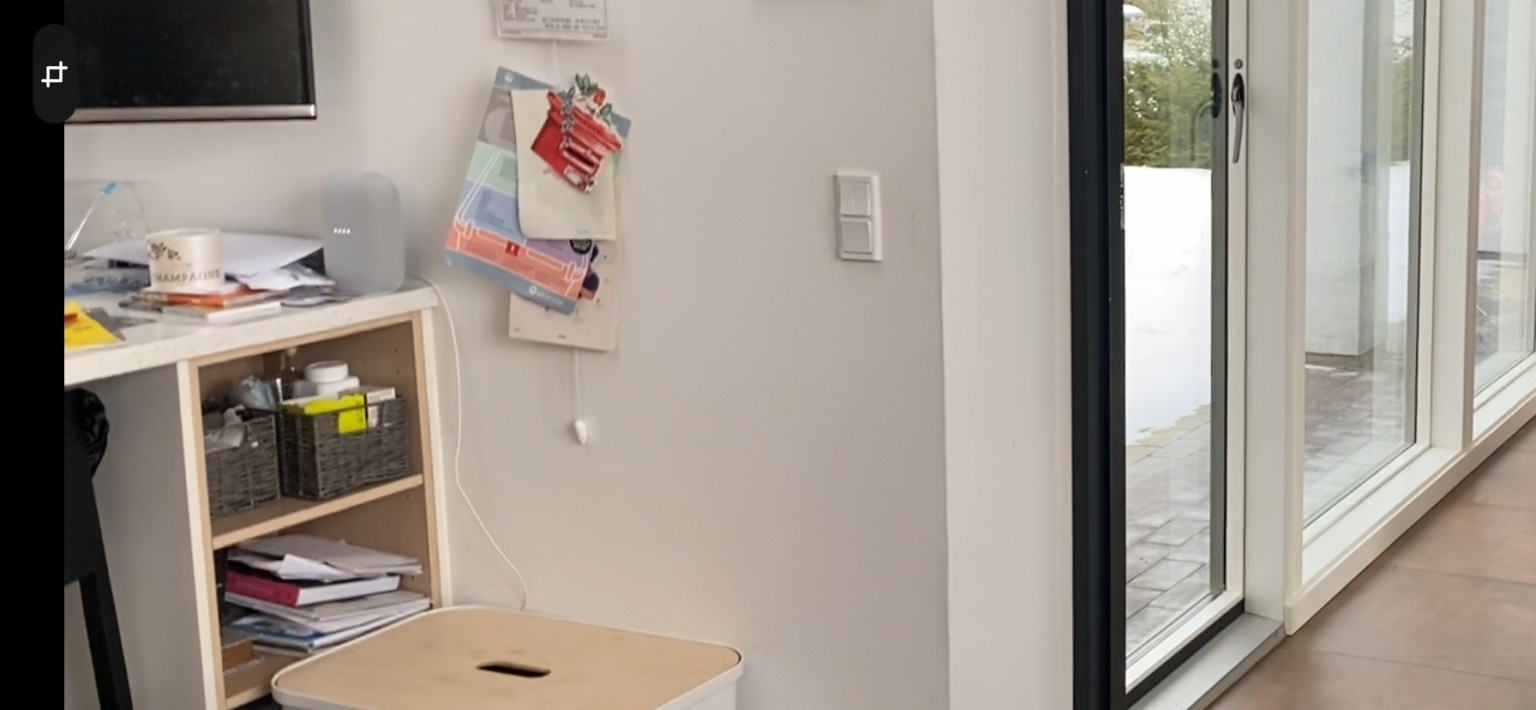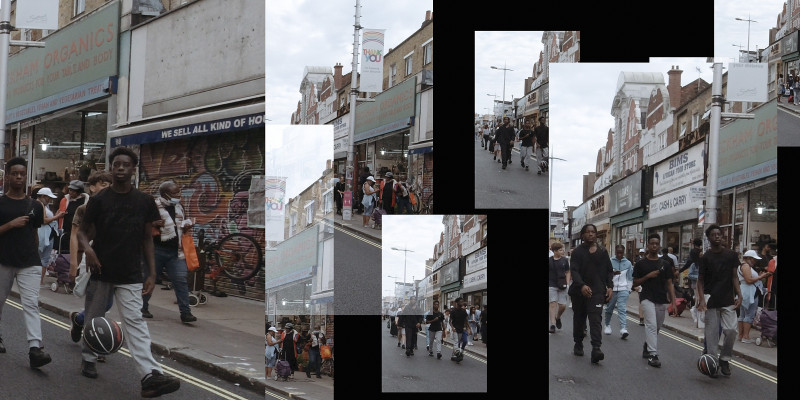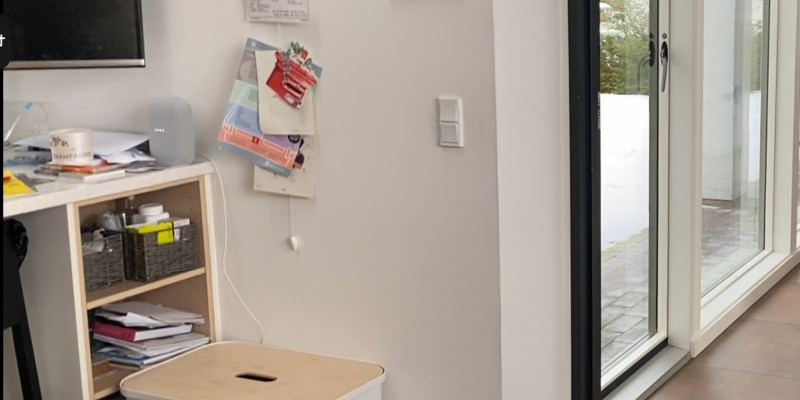
Voice as Infrastructure
Abstract
This audio paper explores the phenomenon of voice-based technology in the smart-home. Through ethnographic interviews we study how older people use voice-based technologies and with what effects for their experiences of the affective environment in their homes. We followed nine people over the age of 65 online and onsite in their private homes in or nearby Copenhagen during the covid lockdown. We used Google nest smart speakers as cultural probes and followed the participants over the course of six months of integrating and using the new technologies in their homes and everyday lives.
Our research explores how voice-based technologies participate in creating affective environments in older people’s homes and seeks to address the mundane, unremarkable, and often unspoken experiences and affects related to voice-based technologies and smart homes, which is a largely absent theme in the research on this topic.
The paper makes audible interactions between voices, technologies, and homes, to exemplify some of the infrastructural and affective effects of voice-based technologies. We combine the concept of infrastructure from Science and Technology Studies with a cultural anthropological view on voice.
In our analysis we find that the use of voice-based technologies result in changes in the affective environments of the home, making it harsher and more impolite. Moreover, voice-based technologies ability to make voices travel beyond the material confines of the home, renders its boundaries more permeable, thus creating a sense of disempowerment both towards the technology, and the management of the privacy of the home.
We propose a view on voice-based interactions with technologies as emergent sonic-material infrastructures that link the realms of the technical, cultural and sociopolitical to the level of the individual, in order to understand the ways in which voice-based technologies create sites where discourses, values, and affects are made manifest in and contested through vocal, material and technical practice.













